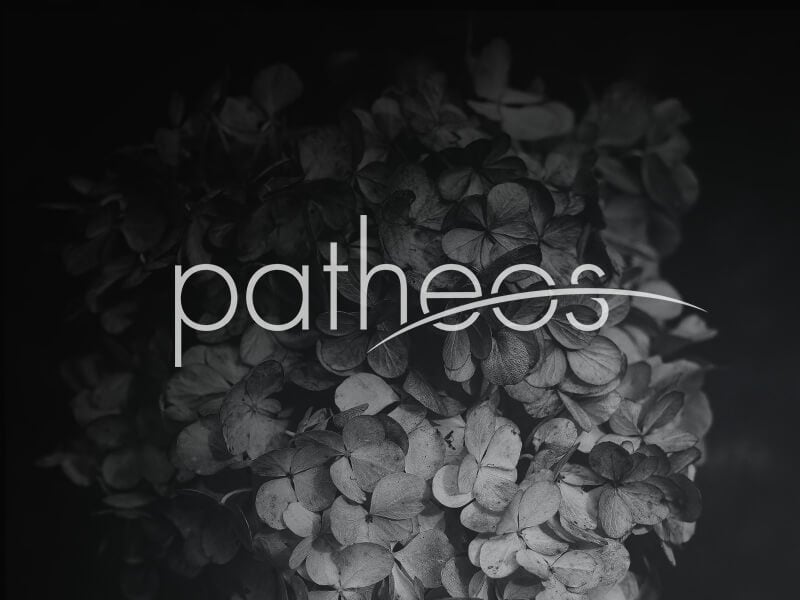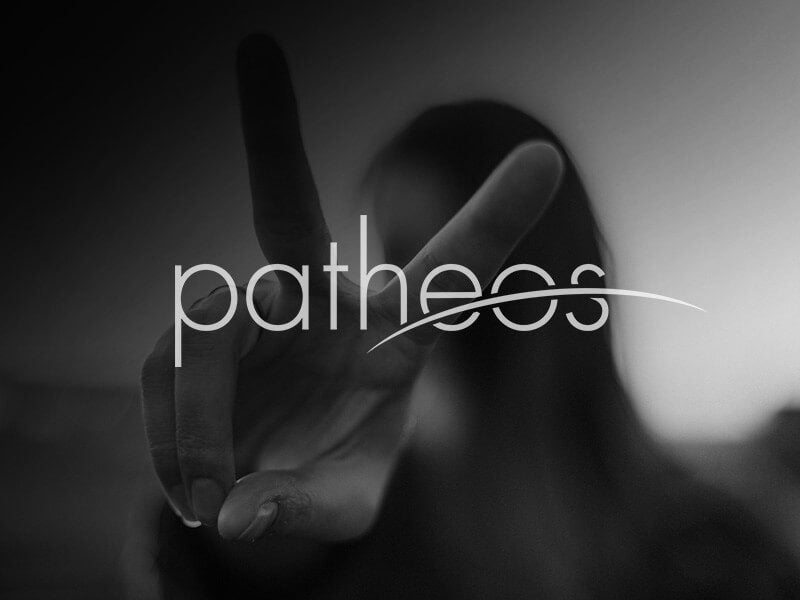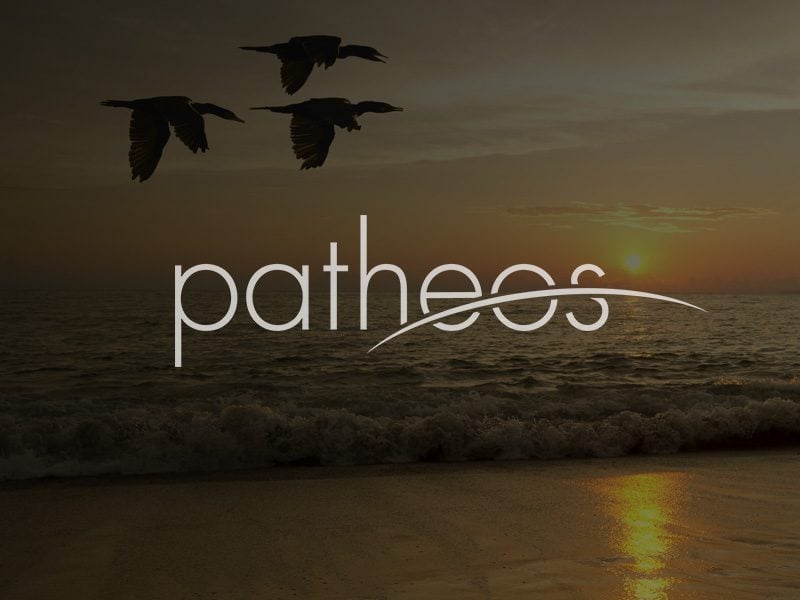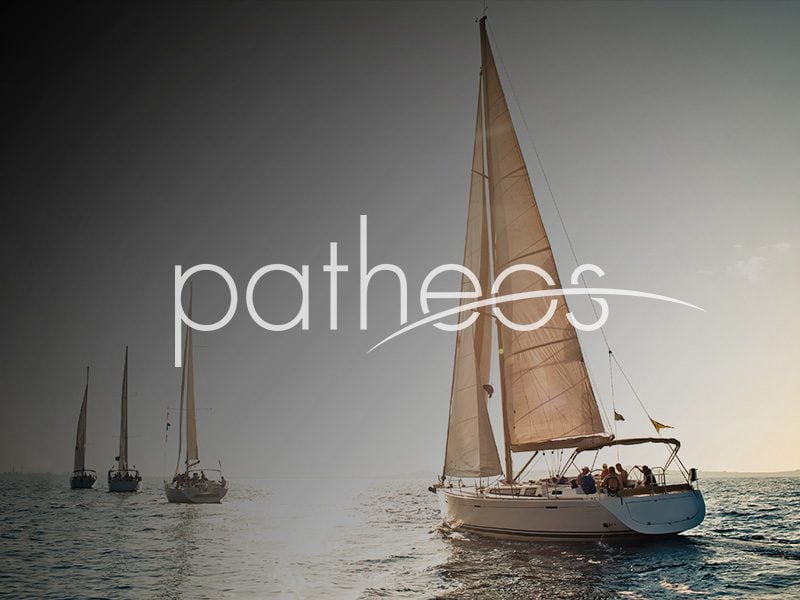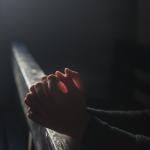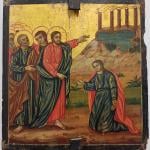Vatican City, Oct 4, 2016 / 09:27 am (CNA/EWTN News).- In his latest prayer video Pope Francis dedicates the month of October to praying for journalists – specifically that their work would always be motivated by strong ethics and respect for the truth. The video, released Oct. 4, opens showing scenes of a television studio, recording studio, writing desks and satellites, which flash across the screen as the Pope speaks. Addressing viewers in his native Spanish, the Pope says he often wonders, “How can media be put to the service of a culture of encounter?” “We need information leading to a commitment for the common good of humanity and the planet,” he said, and, as the faces of different journalists around the Vatican flashed across the screen, asked if viewers would join him in praying for those who work in the field of communication. Specifically, he prayed “that journalists, in carrying out their work, may always be motivated by respect for the truth and a strong sense of ethics.” The video closes with the Pope asking viewers if they can help him with the request, a question to which the journalists featured each respond one by one saying, “yes.” Among the journalists featured in the video is Alvaro de Juana, a Rome correspondent for CNA’s sister-agency ACI Prensa. Originally from Spain, he has been working as a journalist for 12 years. In comments to CNA, de Juana said having strong ethics and a high respect for the truth are always important, but moreover carry special weight in today’s society. “For years there has been talk of an economic crisis, but the Church and concretely Pope Emeritus Benedict XVI and Pope Francis have said on many occasions that there is also a crisis of values,” he noted. Within this crisis, “ethics and morality have been forgotten and have been discarded in many environments and in important questions,” de Juana said, explaining that because of this, a journalist “has the duty to respect ethics and morality.” “There is no journalism without ethics,” he said, explaining that if ethics were removed from the equation, “it would be to dirty and undermine this profession that has the truth as its foundation.” Communication also plays a fundamental role in evangelization, he said, noting that “the Church is universal and we could say that communication is, too.” Christ used words and actions to make God’s love known to the people, and in doing so communicated, de Juana said, adding that communication is “a very important instrument” that can be used to reach those far from the Church. When asked how journalists themselves can collaborate with the Pope in helping to ensure his prayer is answered, de Juana said the answer is simply “being faithful to this principle of the truth” and by carrying out one’s work with the conviction that “not everything goes.” “The Pope asks that all journalists and people who work in communication to be faithful to these principals,” regardless of whether or not they are Catholic or not. The theme Pope Francis chose for 2017's World Day of Communications was released late last month, and is titled “'Fear not, for I am with you' (Is 43:5): Communicating hope and trust in our time.” In the communique published alongside the theme, the Vatican's Secretariat for Communications said the theme was “an invitation to tell the history of the world and the histories of men and women in accordance with the logic of the 'good news.'” Shortly before the announcement of the theme, Pope Francis had a Sept. 22 audience with journalists, during which he reflected on the importance of respect for human dignity, telling them that their profession can never be used as a destructive weapon, nor should it be used to nourish fear. “Certainly criticism is legitimate, and, I would add, necessary, just as is the denunciation of evil, but this must always be done respecting the other, his life and his affect. Journalism cannot become a 'weapon of destruction' of persons or even nations,” the Pope said at the Vatican's Clementine Hall. “Neither must it nourish fear in front of changes or phenomena such as migration forced by war or by hunger,” he said. An initiative of the Jesuit-run global prayer network Apostleship of Prayer, the Pope’s prayer videos are filmed in collaboration with the Vatican Television Center and mark the first time the Roman Pontiff’s monthly prayer intentions have been featured on video. The Apostleship of Prayer, which produces the monthly videos on the Pope’s intentions, was founded by Jesuit seminarians in France in 1884 to encourage Christians to serve God and others through prayer, particularly for the needs of the Church. Since the late 1800s, the organization has received a monthly, “universal” intention from the Pope. In 1929, an additional missionary intention was added by the Holy Father, aimed at the faithful in particular. While there are two intentions, the prayer videos are centered on the first, universal intention. His intentions this year have so far focused on themes he speaks out about frequently, such as interreligious dialogue, care for creation, families in hardship, the elderly and marginalized, and respect for women. Francis’ prayer intentions for the rest of the year are listed on the organization’s website and center on other themes close to Francis’ heart, such as prayers for countries receiving migrants and refugees, and an end to child-soldiers. Read more


